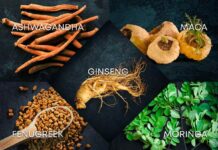We can’t keep cooping ourselves into air-conditioned rooms and guzzling iced sodas forever, so we need to find a strategy to beat the heat in terms of the fabrics we wear. Choosing the proper garment fabric is critical in increasing our comfort, however minor, in this tropical atmosphere.
We wandered through the fabric world and found five of the greatest materials to wear in hot and humid conditions.
With these fabrics on, you’ll be as cool as a cucumber strolling around the sunlit streets.
Cotton
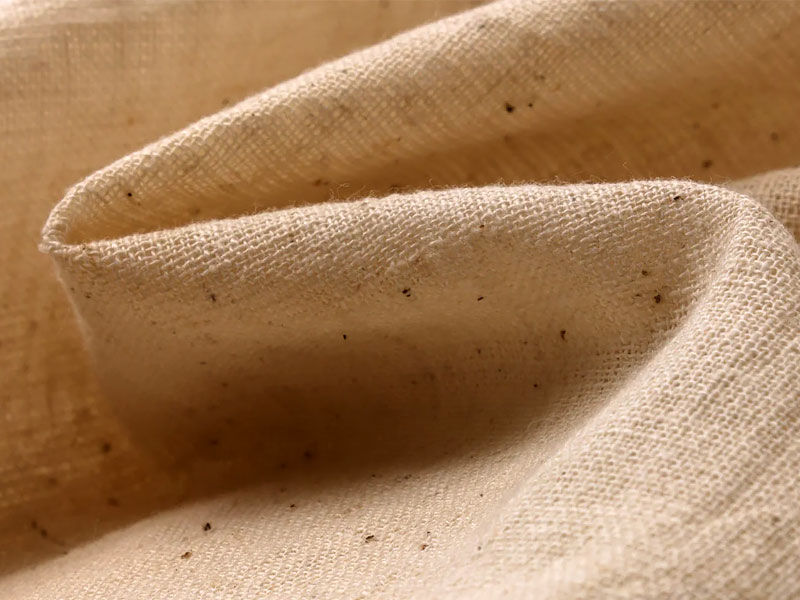
This one is a no-brainer. Cotton is a frequently used cloth, which is not surprising given its reputation for superior comfort. Cotton acts as an excellent ventilator for your body by allowing air to freely travel in and out of the fabric. It also absorbs sweat like a sponge, keeping you as dry as a raisin. Say goodbye to clammy, sticky skin!
Chambray

Chambray is a sister fabric to cotton, but its threads are stitched together differently. In the summer, it will also keep you cool. Not to mention that it has the look of denim, allowing you to achieve the same look without the dense thickness of the fabric itself.
Also, Read Spread The Floral Fashion Vibes This Summer
Linen
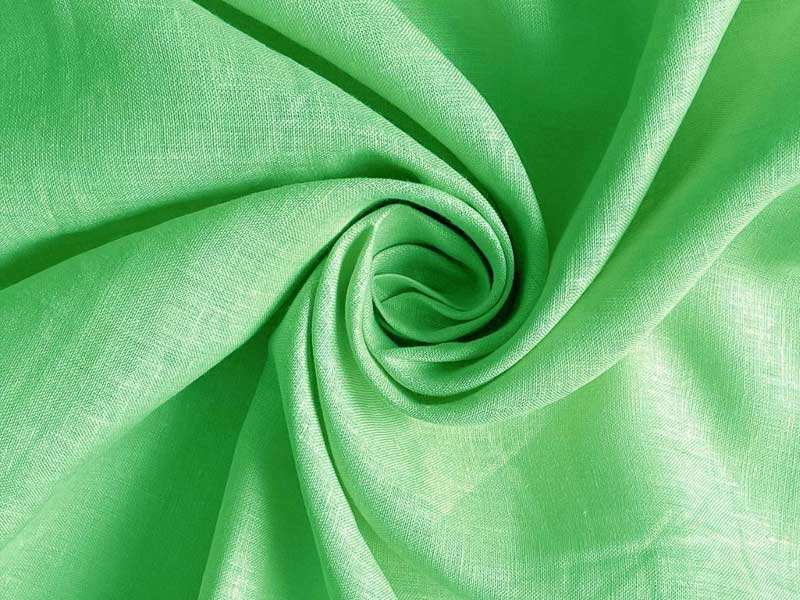
Are you facing oppressive heat and oppressive humidity? Linen will come to the rescue. Linen, a natural fiber formed from the stem of a flax plant, was developed to counteract hot and sticky days. Its light and flowy weave ensures optimal breathability and comfort. You’ll feel like you’re wearing a portable air conditioner because of its superb coolness and freshness.
Wool From Merino Sheep
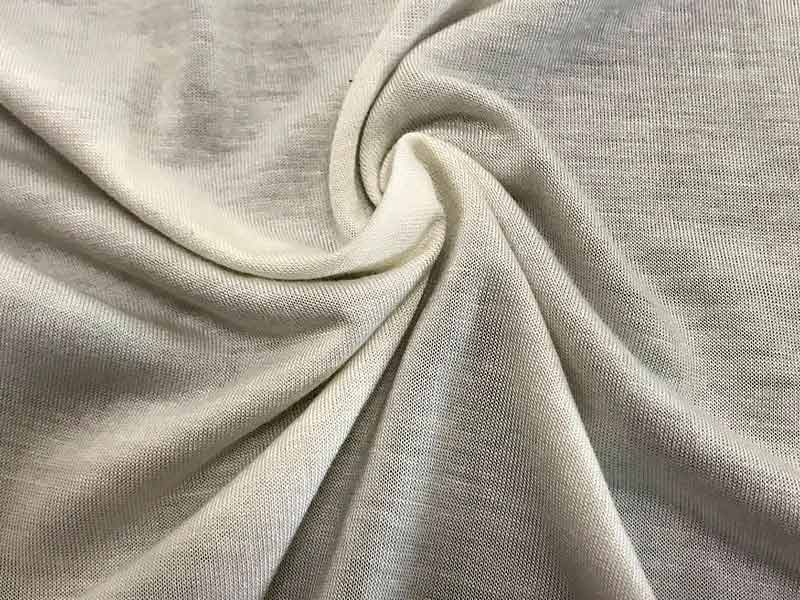
We understand what you’re thinking. You’re probably envisioning a massive sheep wrapped in a stifling layer of dense wool, and then picturing yourself wearing that same garment in the sweltering heat. It’s nothing like that, believe us. This clever cloth has taken years of designing and modifying to meet the needs of folks who live in hot, humid climates. And the end result? Candy-floss-thin fibers absorb a lot of perspiration and provide excellent breathability and airflow.
Rayon
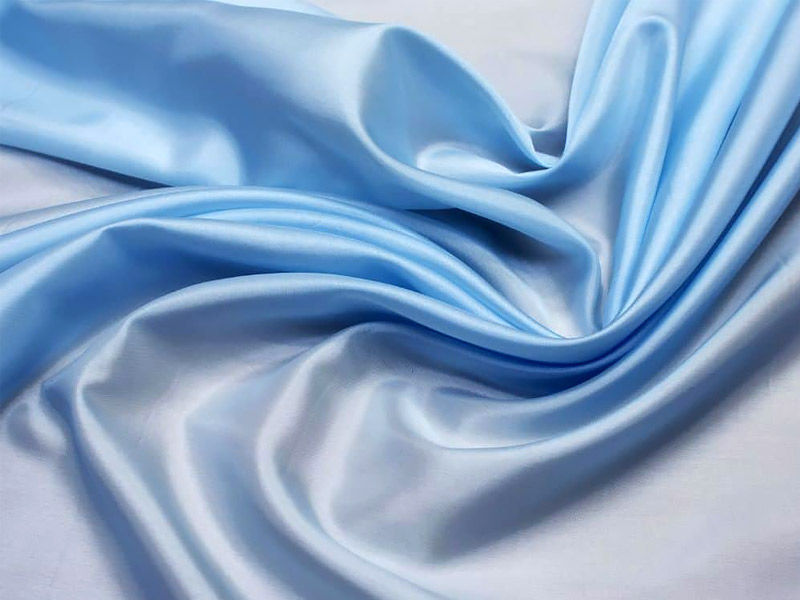
This fabric is a 4-in-1 combination of silk, wool, cotton, and linen. This man-made fiber generated from tree cellulose can be manipulated to mimic the texture and feel of any of the four components. However, it is only an imitation, which leads to small inconsistencies. For example, rayon is a somewhat thinner thread than cotton, making it lighter and more fluid. However, it falls short in terms of humidity because it does not wick moisture away as well as cotton.






















